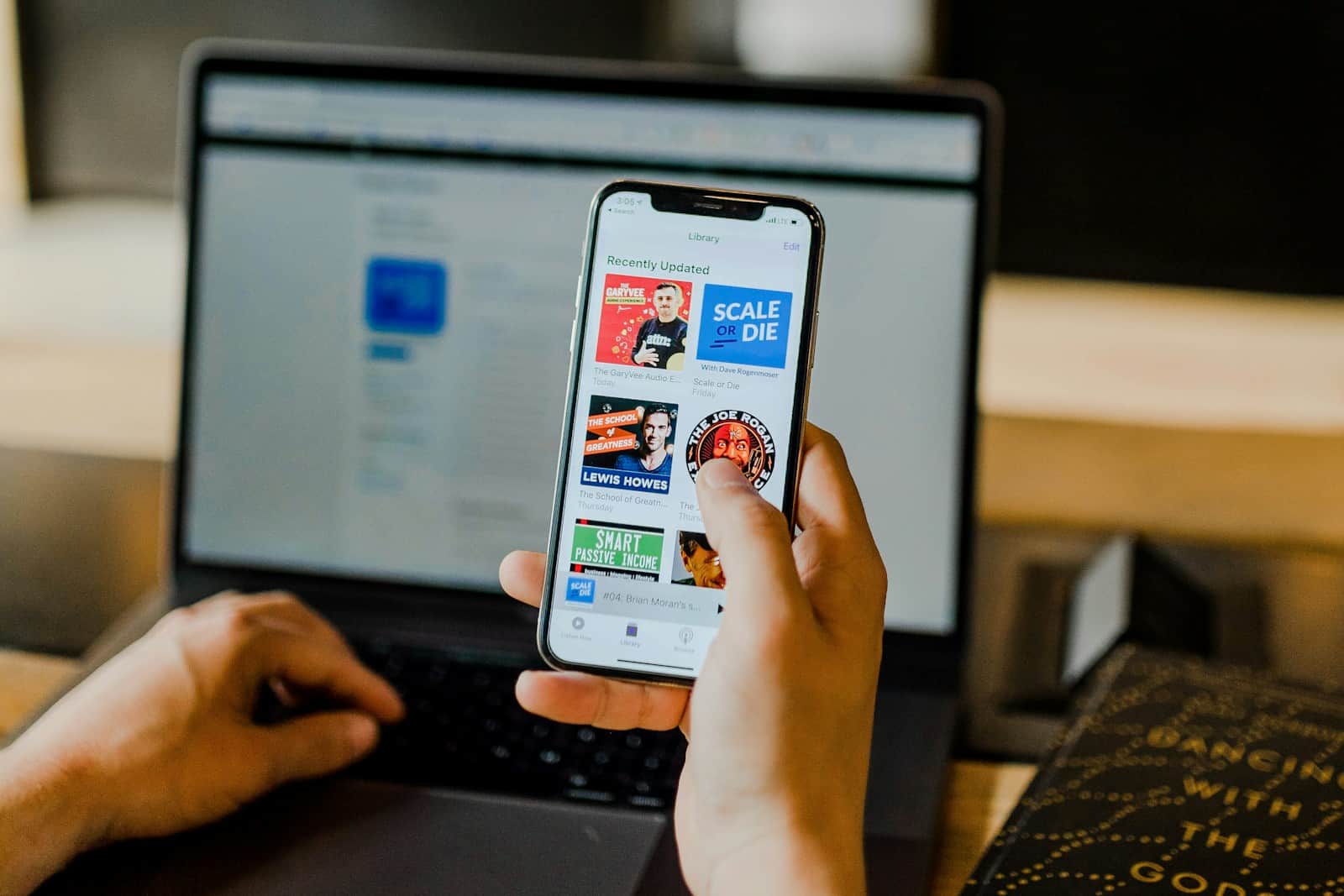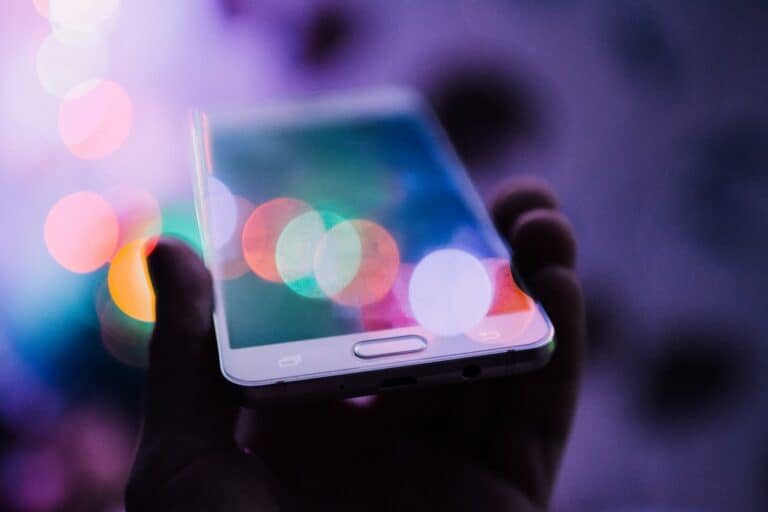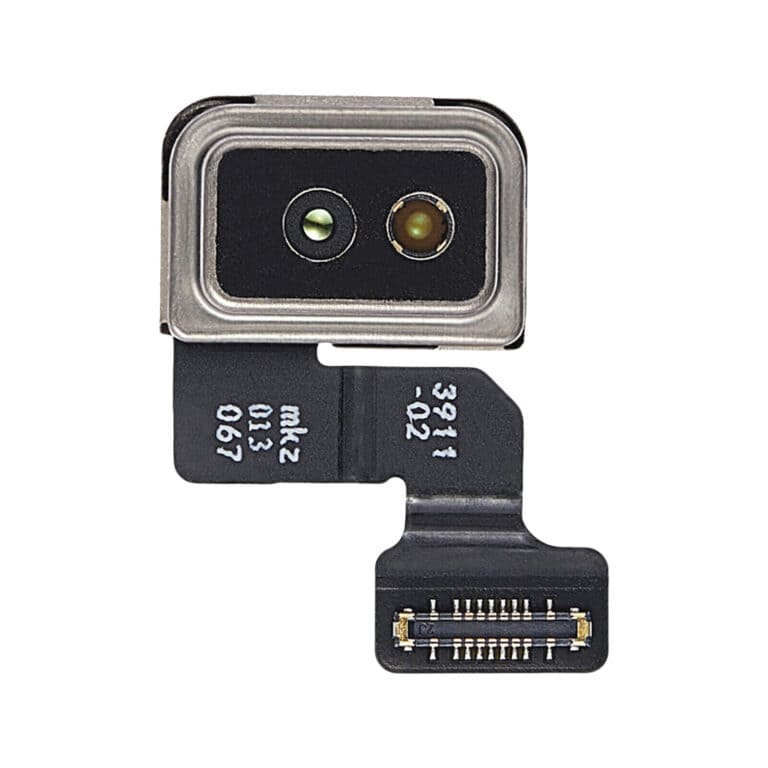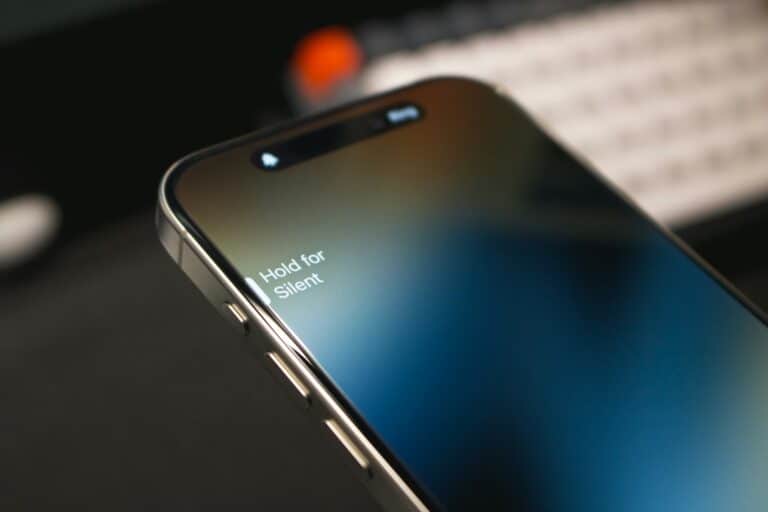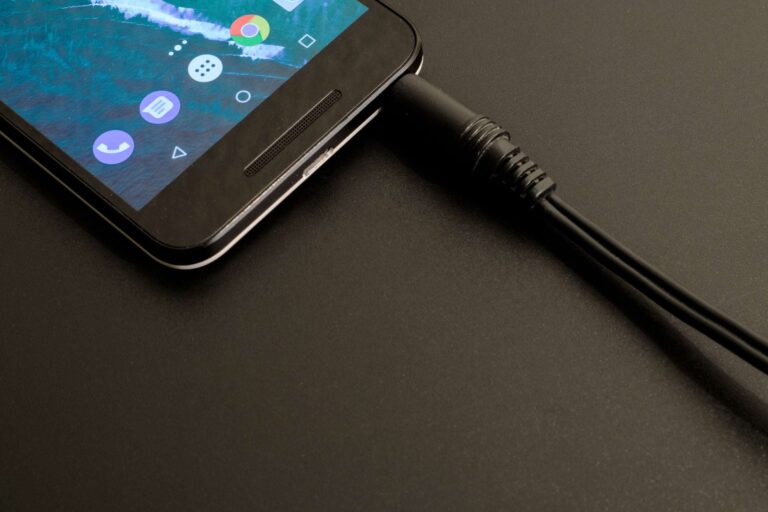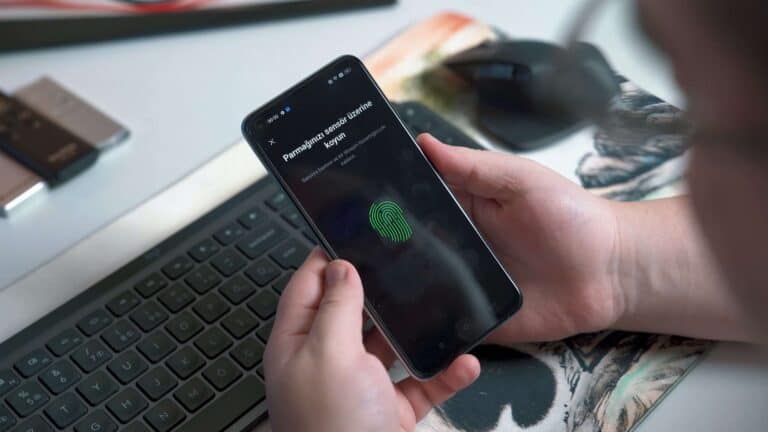Dealing with poor cell phone signal can be incredibly frustrating, particularly during important moments. To address weak signal, consider moving to a different location such as near a window or outside, as this often leads to improved reception. Additionally, ensuring that your phone’s battery is fully charged and removing the phone case can make a difference. Phones with low battery levels tend to perform poorly in maintaining a strong connection.
Utilizing Wi-Fi calling is another effective way to stay connected in areas with poor coverage. Sometimes, adjusting network settings on your phone can help switch to a better frequency with less interference. Checking the coverage provided by your carrier in your area may also help determine if changing providers could offer better service. Being mindful of your settings and surroundings can help ensure that you receive the best signal possible from your device.
Steps to Overcome Weak Cellular Signals
Understanding the Causes of Poor Cell Signal
A weak cell signal is a common frustration in today’s world of constant connectivity. It can be caused by a variety of factors, including:
- Distance from cell towers: The further you are from a cell tower, the weaker your signal will likely be.
- Obstacles: Buildings, hills, trees, and even weather conditions can interfere with cell signals.
- Network congestion: During peak times or in crowded areas, the network may become overloaded, leading to slower speeds and dropped calls.
- Phone issues: Your phone’s hardware or software could be contributing to the problem.
Quick Fixes for a Weak Signal
Let’s explore some easy solutions you can try:
1. Move to a different location:
Sometimes, simply moving a few feet can make a difference. Try going outside or to a higher floor in a building.
2. Restart your phone:
This simple step can often refresh your phone’s connection to the network.
3. Check for carrier updates:
Make sure your phone’s software is up-to-date. Carriers often release updates that improve signal strength.
4. Toggle Airplane Mode:
Turning Airplane Mode on and off can reset your phone’s network connection and sometimes improve signal quality.
5. Remove your phone case:
Some phone cases, especially metal ones, can interfere with signal reception.
Advanced Solutions for Persistent Signal Issues
If the quick fixes don’t work, here are some more advanced options:
1. Use Wi-Fi calling:
If you have access to a Wi-Fi network, you can use Wi-Fi calling to make and receive calls over the internet.
2. Update your phone’s PRL:
The Preferred Roaming List (PRL) is a database of cell towers. Updating your PRL can help your phone connect to the strongest available signal.
3. Invest in a signal booster:
Signal boosters amplify your cell signal. They are particularly useful in areas with consistently weak signals.
4. Contact your carrier:
If none of the above solutions work, your carrier may be able to offer further assistance or troubleshoot the problem.
Summary Table of Solutions
| Solution | Description | Ease of Use | Effectiveness |
|---|---|---|---|
| Move to a different location | Try going outside or to a higher floor | Easy | Varies |
| Restart your phone | Refresh your phone’s connection | Easy | Varies |
| Check for carrier updates | Update your phone’s software | Easy | Varies |
| Toggle Airplane Mode | Reset your phone’s network connection | Easy | Varies |
| Remove your phone case | Some cases can interfere with signal reception | Easy | Varies |
| Use Wi-Fi calling | Make calls over Wi-Fi | Easy | High (if Wi-Fi is available) |
| Update your phone’s PRL | Update the database of cell towers | Moderate | Varies |
| Invest in a signal booster | Amplify your cell signal | Moderate | High |
| Contact your carrier | Seek assistance from your carrier | Easy | Varies |
Key Takeaways
- Move to better locations for better signal.
- Use Wi-Fi calling when signal is poor.
- Adjust phone settings for optimal network performance.
Understanding Cell Phone Signals and Interference
Cell phone signals can be affected by many factors, including the components of your device, physical obstructions, and your location. Understanding these elements helps in managing poor signal situations.
Components of Cell Phone Communication
Cell phone communication relies on various components. Devices use an antenna to connect to nearby cell towers. These towers are linked to networks run by carriers, which manage the flow of radio signals. For reliable reception, each component must work well.
Without a strong antenna, even the closest tower cannot provide good service. Network coverage also plays a crucial role in signal strength. Dead zones occur when there’s no available signal, often due to missing towers in an area.
Common Causes of Signal Interference
Interference can severely impact signal strength. Physical objects like trees, buildings, and mountains can block signals. Signals can also degrade indoors due to walls and appliances. Network congestion happens when many people use the same network, reducing signal quality.
External factors like weather can also cause interference. It’s important to check if any service outage is reported by the carrier, which might be causing the weak signal.
The Impact of Location on Signal Quality
Location greatly affects signal quality. Urban areas often have better coverage due to many cell towers, while rural areas may have fewer towers, leading to weaker signals. Being indoors, especially in basements or areas surrounded by thick walls, can also reduce signal strength.
Moving closer to a window or going outside can help. High places like hills provide better reception than low, enclosed spaces. Sometimes, using a signal repeater can boost the signal in areas with low coverage.
By understanding these factors, users can take practical steps to improve their cell phone signal quality.
Frequently Asked Questions
These questions address common concerns about improving cell phone signal strength and enhancing signal quality for different devices and locations.
What are the steps to improve signal strength on a Samsung phone?
Go to Settings > Connections > Mobile Networks. Switch to a different network mode, such as LTE, if available. Make sure your phone is up to date. Removing the phone case may also help.
How can I boost signal reception on my iPhone?
Access Settings > Cellular > Cellular Data Options > Voice & Data. Select 5G Auto or LTE based on your coverage. Keep your software updated and consider turning on Wi-Fi calling if available.
What methods enhance signal quality on Android devices?
Enter Settings, then go to Network & Internet or Connections. Check Mobile Network settings and toggle between network types. Try Wi-Fi calling or switch to a less congested network operator.
What are the best ways to increase mobile signal strength at home?
Place your phone near a window or higher location. Remove any case that might block signal. Use a signal booster. Wi-Fi calling can be helpful if available through your carrier.
How can I troubleshoot a sudden drop in my cell phone’s signal quality?
Restart your phone and check for software updates. Ensure the SIM card is properly seated. Test in another location to rule out local obstructions. Contact your provider for network status information.
Are there effective methods to boost cell phone signal in remote areas?
Invest in a cell phone signal booster. Switch to Wi-Fi calling if available. Use an external antenna for better reception. In areas without Wi-Fi, relocating to higher ground may improve signal access.

